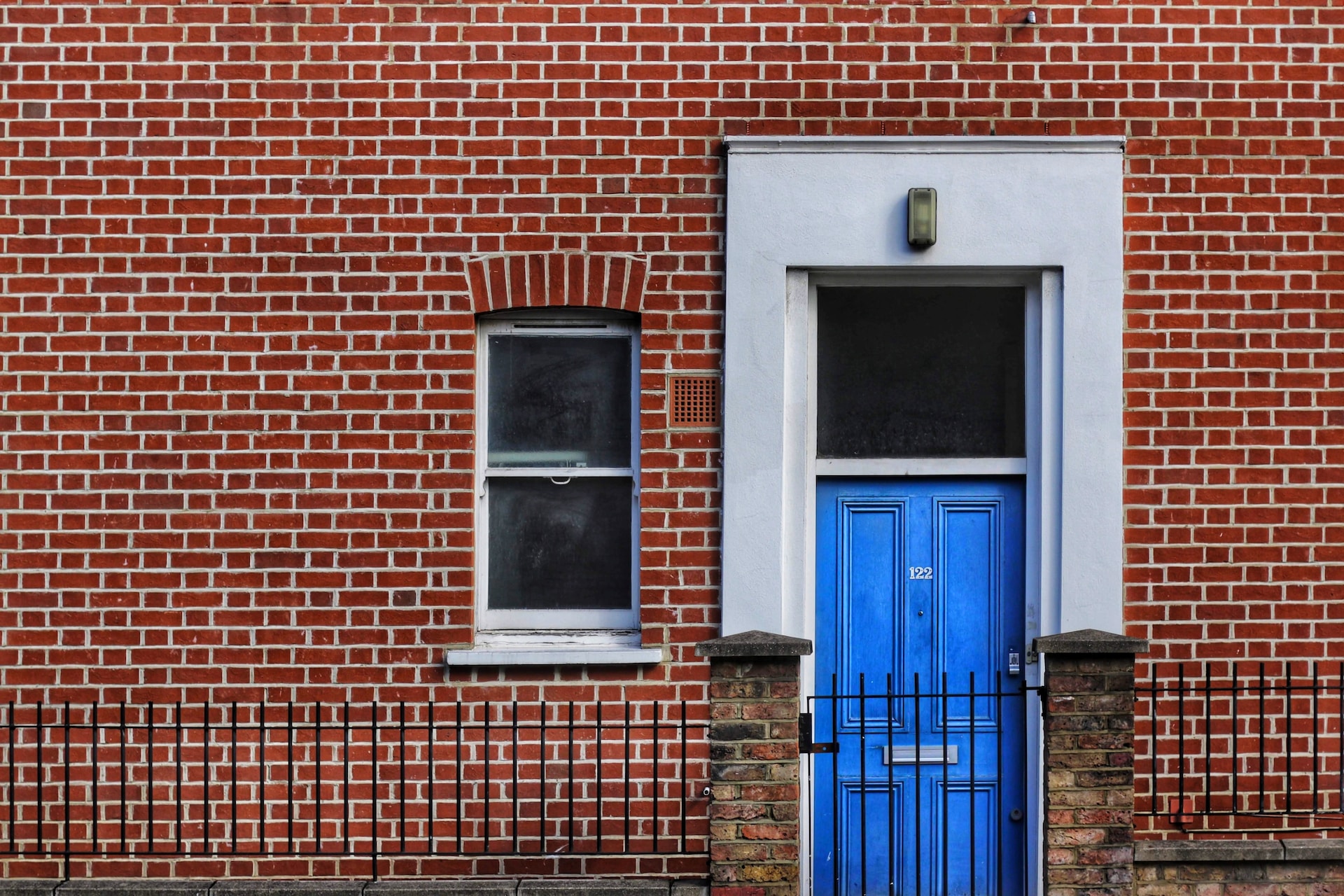The fact that mechanical ventilation has only occurred in the last 100 years or so proves that there hasn’t always been a need for it; only natural ventilation systems existed.
Today, a significant number of houses only use natural ventilation and gain the required amount through operable windows. The use of HVAC units is not a necessity in all circumstances, and in many situations, mechanical ventilation has been used unnecessarily.
Native researched the use of natural ventilation in commercial buildings on behalf of the European Commission in 1998 and discovered that “mechanical ventilation systems are often installed in office buildings where good natural ventilation would have been sufficient to obtain comfortable indoor climate and good air quality.”
This research could show that the ‘need’ for mechanical ventilation is only perceived in some situations. Construction firms are more inclined to choose a more uncomplicated design strategy or have more experience in applying. The study also found a “lack of information on natural ventilation in standards and guidelines and a lack of published data on case studies of the performance of buildings that incorporate natural ventilation”; this would make it harder for architects to satisfy standards such as ASHRAE standard 55 or ISO 7730. Nevertheless, many examples of buildings have purely used natural ventilation, proving that mechanical ventilation is not needed in certain climates and situations. Many natural ventilation solutions can provide adequate air quality in buildings. Passive stack ventilation uses pressure differences in air. Because hot air rises, a building can be designed so that air flows through windows and other openings as the particles get warmer. This air escapes through the building’s top, providing cooling, generally through a chimney; this can be improved further using a thermal chimney that enhances the natural stack ventilation effect. The chimney will heat the warm air, also creating a suction. Night purge ventilation can be used where the building has openings during the night, which allows cool air into the building, and by sealing the building during the day and with the right building fabric, it will keep the cool air present.
One example of a project that has used natural ventilation is the Coventry University Library construction in the city centre. It contains natural ventilation in every area except for the regions, including computers; this shows that even though a building is vast and deep, it’s possible to ventilate to an acceptable standard. If this were to be a smaller library with a much smaller computer suite, one can assume the need for mechanical ventilation wouldn’t exist.
Nevertheless, this is an extensive university library built to accommodate many students at one time. For their comfort, mechanical ventilation is only needed in one building sector because the heat generated from all the computers would make the room uncomfortable. On top of that, Coventry is a city that is not as dense as other cities such as London, which has a much larger population of people, standing at around “12 million” for the London Metropolitan region, compared to Coventry, which has a population of 345,385″. The denser the population, the higher the pollution and noise pollution, which influence the ability to use natural ventilation.
Also, the denser a city is, the hotter it will be due to the wind. Many natural ventilation techniques rely on wind to bring in cooler air into the building. Furthermore, the option to be able to construct an installation further away from the main busy roads may be more challenging in a denser city due to planning restrictions. These types of buildings would have to be situated further away and have more space around them from their city’s central areas. Otherwise, mechanical ventilation would be used in most of the building.
Mechanical ventilation is used because there is a variance in standards between buildings and rooms of different functions, especially between residential and commercial buildings. For a residential facility, ASHRAE determines the outdoor air requirements for living areas to beat “not less than 15 cm (7.5L/s) per person”. Compared with the outdoor air requirement for a commercial office space being at the value of 8.5 L/s per person, this shows that comfort levels vary depending on building’s type of activity, creating obstacles to achieving these standards. The obstacle gets more prominent depending on the kind of environment; for example, a residential building in a dense city will be harder to reach the standard than in a rural area with a better wind flow; this creates a need for mechanical ventilation.
Suppose these issues in the industry were improved with more information on natural ventilation. In that case, it could be possible for many companies in different areas to create a suitable environment without using mechanical ventilation. Current trends in the construction industry and historical methods have proven that mechanical ventilation isn’t needed all the time, as “today in Switzerland, Belgium, Denmark and the UK, a significant percentage of new office buildings, have natural ventilation”; this could prove that the need doesn’t exist for every type of situation, but only over time as populations have grown in areas and standards have been raised there has been a demand for more efficient systems such as HVAC at the expense of higher energy consumption.
If you have any questions regarding commercial buildings or want more information on Block Management Services, please contact us anytime and we will organise initial FREE expert advice for you!



